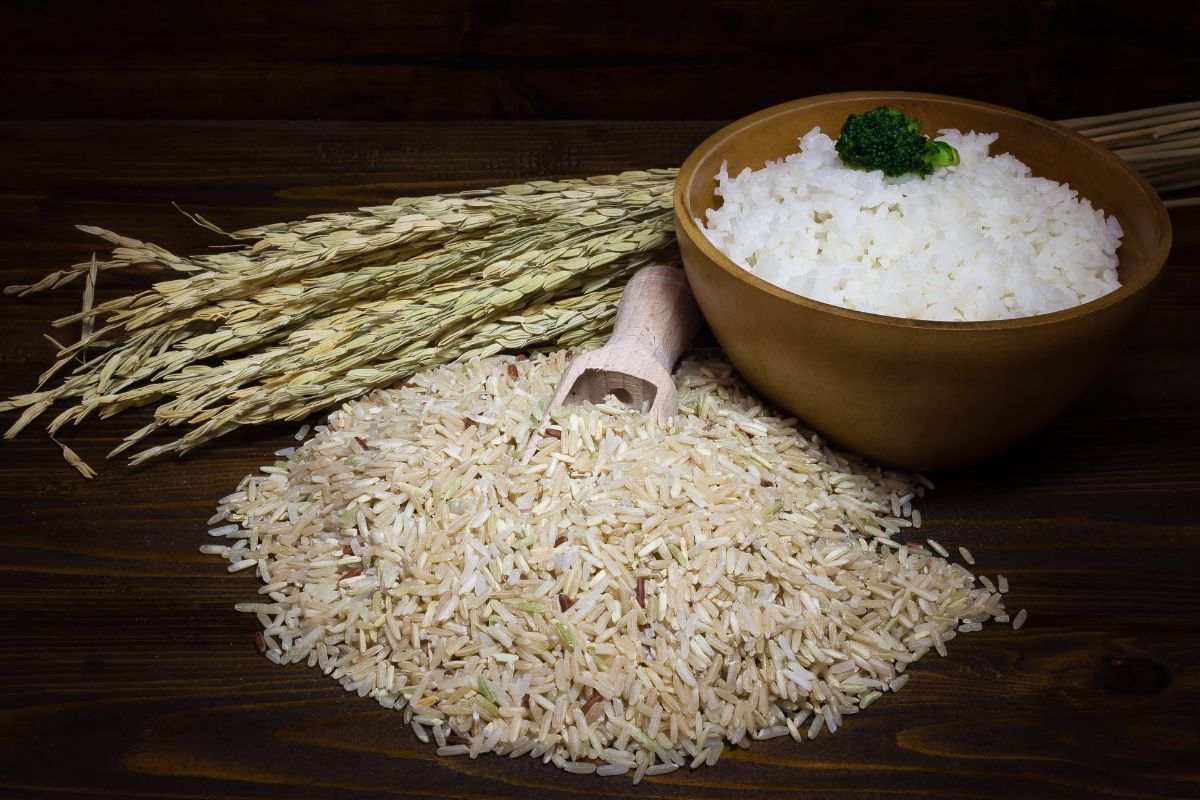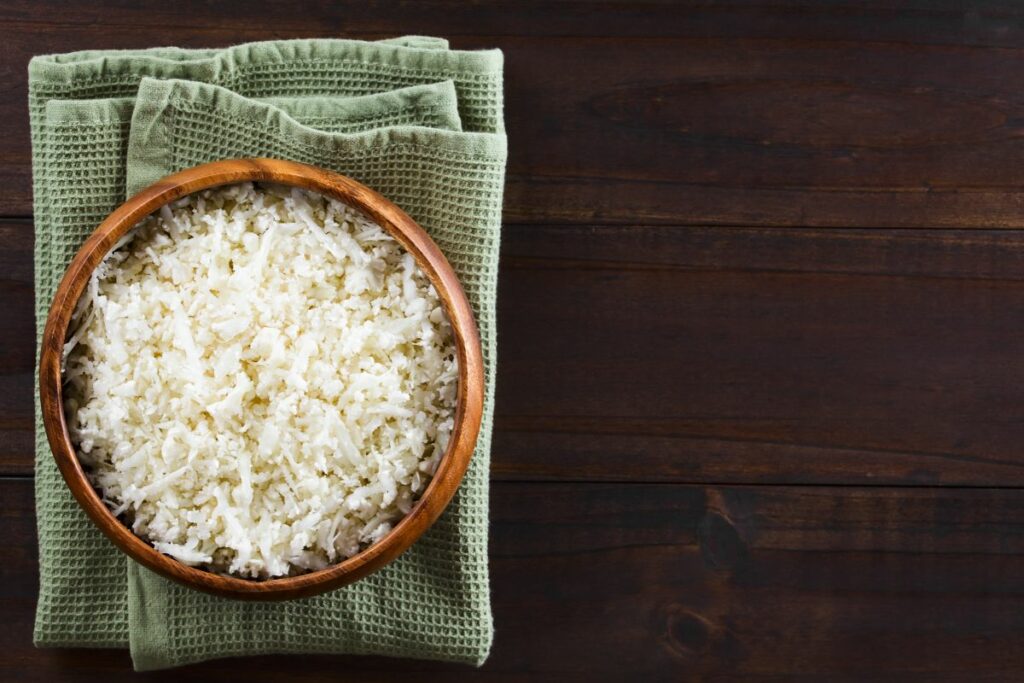Rice is one of the most important staple foods in the world, yet many of us take it for granted. But do you understand why rice is such a valuable food source? Why is rice important to us?
Rice has been a key part of diets throughout the world since ancient times, with evidence of its presence going back to 5000 BC in Central Asia and China.
Today, rice is grown in 100 countries or more on almost every continent and provides calories for half of the world’s population.
Whether we consider ourselves lovers of rice, it’s worth learning about why this grain plays such an integral role in humanity’s diet and the importance of rice to us.
In addition to being incredibly versatile and relatively inexpensive, there are several other factors that make rice such a nutritious and important part of our lives.
Here’s what you need to know about why this grain is so essential and important to our lives.
What Is Important To Us About How Rice Grows?
Rice is one of the most important crops in the world, providing food for much of the population. But where does it come from? How does it grow?
Rice loves wet places and grows best in warm, tropical, and aquatic conditions such as flood plains, wetlands, swamps, ponds, and streams.
It’s spread across farms globally, but its industry is mainly concentrated in Asian countries, where countries like India, Indonesia, and Bangladesh are some of the biggest producers.
For a good infrastructure to support the rice farming industry, you need quality inputs such as disease and pest control. The crop also needs plenty of labor to ensure it develops.
Rice plants take up to 200 days for maturity before they can be hand-harvested from their paddy fields, then dried out with threshing machines.
Finally, the husks are removed using a huller until the grains are finely milled into ‘rice’.
What Exactly Is Rice Good For?
Rice, one of the world’s most important staple foods, is beloved in many cultures and has an incredible range of culinary applications.
For a start, it’s delicious! Steamed, boiled or fried, there are a multitude of ways to prepare it that rival any other grain-based dish.
As a complex carbohydrate, rice is the primary source of energy for over half of the world’s people.
Depending on the strain of rice, it can contain decent amounts of fiber and protein, as well as vitamin B6 and minerals such as iron and manganese.
This means it can play a vital role against malnutrition by providing excellent nutrition at a high level of tolerability (it’s fairly easy to digest) and great taste.
In addition to its nourishment capability, rice has some great cultural history associated with it – In some cultures, rice is thrown at weddings for good luck.
Is Rice Particularly Nutritious?
Rice alone is actually incredibly rich in carbohydrates, which is the body’s main and most vital source of fuel.
Carbohydrates usually can and will keep your body well energized and also satisfied after meals, and are vital for fueling your exercise too.
Brown rice, particularly, is an even more spectacular source of vital nutrients, such as fiber, selenium, manganese, B vitamins, and of course, magnesium.
The Dietary Guidelines for Americans suggest that roughly half of the grains you consume should be from these whole grains. In fact, one of these is considered to be brown rice.
Additionally, while white rice loses fiber content through processing compared to its brown variety counterpart, it still contains small amounts.

What Are The Most Common And Important Kinds Of Rice?
There are many kinds of rice to choose from when dining or cooking. Each type of rice has its own flavor and texture that make it unique. Let’s have a look at two very popular types of rice.
Jasmine Rice is actually originally from countries like Thailand and is also known as Thai Fragrant Rice. It has a very delicate kind of floral aroma and a sticky, soft texture when cooked.
Traditionally, this kind of rice is mainly steam-cooked, making it moist and tender with every bite.
To make things even better, the subtle nutty flavor makes it the perfect choice for adding to any dish, especially those with coconut in them, such as Coconut Rice!
Basmati Rice is actually hill rice that originated from the hills in the Himalayan and is one of the most popular grains of rice in India and Pakistan alike.
Its popularity increases more each day due to its distinct flaky structure and flavorful taste. Basmati also has a mild scent, which comes out stronger after it’s been cooked for some time.
When cooked, Basmati yields a much drier and stiff texture than grains of rice like Jasmine, making it ideal for dishes with curries or creamy sauces since the dryness allows it to absorb other flavors well without overbearing your taste buds – unlike other starchy foods!
Basmati rice is actually typically boiled before being combined with other ingredients like vegetables or other types of meat or fish.
Are There Any Common Misconceptions About Rice?
People have said for a long time that rice alone can impact health and cause things like weight gain in a negative light.
While some of these claims are based on myth, there is still much confusion about the role rice can or should play in a balanced diet.
At the Kremmling Rice Nutrition Council (KRNC) they’ve heard all sorts of concerns surrounding the consumption of rice. Some common questions are listed below.
Is the arsenic in rice a cause for concern? This is an understandable concern. Rice has a tendency to absorb things like arsenic better than other grains and crops because of the growing environment it’s taken care of in.
But studies have shown that as long as one consumes a varied and balanced diet, you don’t have to worry too much about consuming excess arsenic via rice consumption.
Furthermore, with improved farming practices and soil management techniques, many modern varieties of rice now contain lower levels of arsenic than their predecessors.
In short: Rice can be safely consumed as part of a well-balanced diet, along with plenty of fruits and vegetables for added nutrition and variety.
The Overall Importance Of Rice
Rice provides essential nutrients that support good health: complex carbohydrates for energy, iron for transporting oxygen through the body, vitamin B6 which helps synthesize hormones, and manganese to help form cartilage.
In addition to its nutritional value, rice also is a low-cost source of healthy calories in developing countries, making it one of the few reliable sources of nutrition available in food-scarce regions.
For these reasons and more, it’s no wonder rice is so prevalent throughout so much of the globe!
Final Thoughts
It is rich in fiber, vitamins, minerals, and protein, making it essential for a well-balanced and healthy diet.
Rice also provides essential nutrients that support good health and is a low-cost source of healthy calories in developing countries.
For these reasons, the rice should be celebrated as an important part of our diets and cultures.








